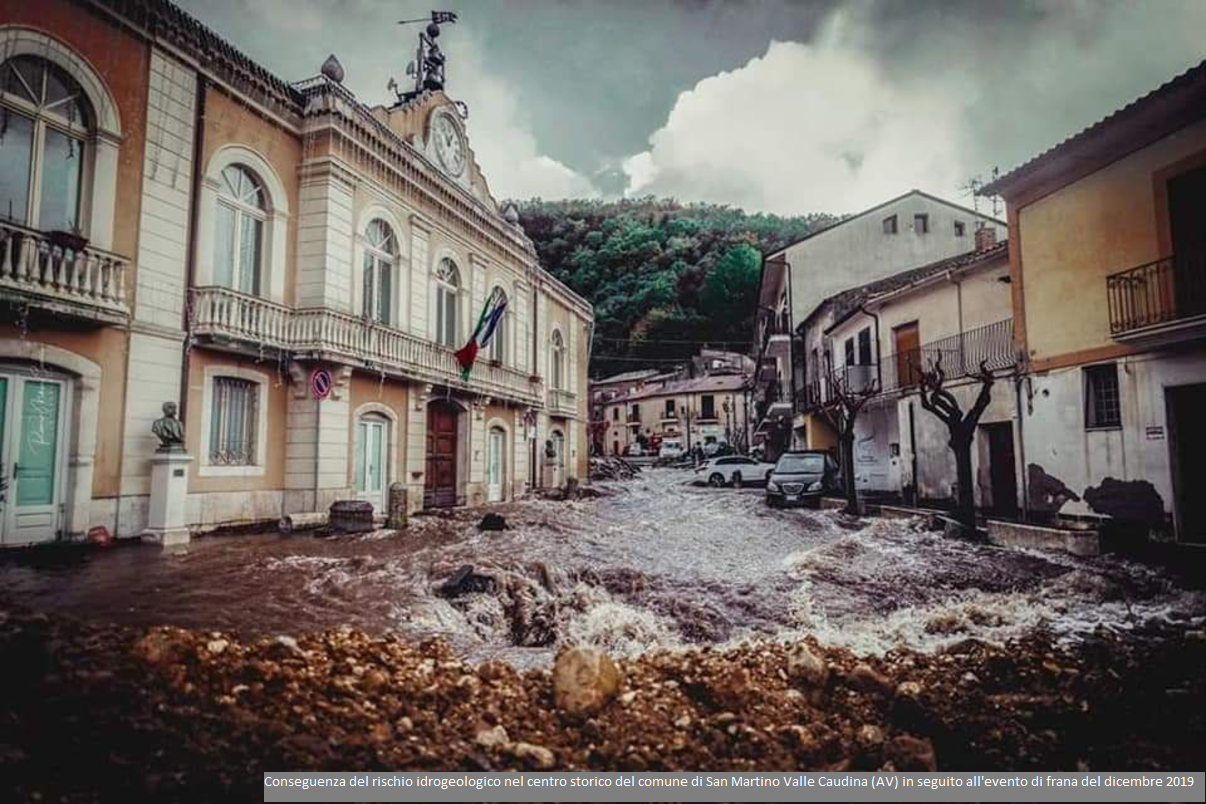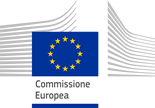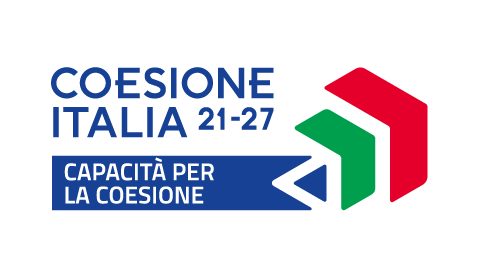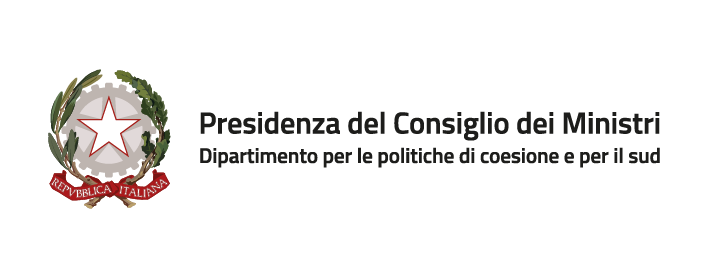
Understanding Seismic and Hydrogeologic Risks in San Martino Valle Caudina
San Martino Valle Caudina, a picturesque town nestled in the heart of Italy, faces significant seismic and hydrogeologic risks that threaten its cultural heritage, infrastructure, and the safety of its residents. This article delves into the nature of these risks, their potential impacts, and the measures needed to mitigate them. In particular, “Don Lorenzo Milani” local school has been renewed and seismically adapted with European structural funds for a total public cost of €1,039,789.60.
The building’s morphology description
The primary school’s building was built in the end of the 1950s and it is located in the town center, near the intersection of Corso Vittorio Emanuele and Via Castagneto. The settlement area is almost flat, showing a difference in height between the area in front of the building and the back area of approximately 2.00 ml.
Currently, the building, with a load-bearing masonry structure, consists of two floors plus the roof, which was built following the seismic events of 1980.
The building consists of an L-shaped plan, with wings that develop around a central and eastern nucleus in order to have the main parts arranged along the lines formed in the east side of Corso Vittorio Emanuele and the north from via Castagneto.
The entrance hall and the stairwell are located in the central core, which acts as an edge. Access to the atrium is located higher than the adjacent road network, Corso Vittorio Emanuele, having an external staircase located on the eastern elevation and a ramp for disabled people on the northern elevation.
The building surface is about 1300.00 mq and is formed of three parts made up of the two wings, mentioned above, with an elongated rectangular plan and coinciding in size and surface, and the central part which can be traced back to a polygon.
Project’s Description
The proposed intervention tends to cancel and/or reduce the negative effects in terms of the building's response to seismic conditions due to its geometric characteristics.
The technical solutions adopted are:
1). Subdivision of the building into three distinct blocks, in order to obtain artifacts with a more regular shape in plan from the point of view of seismic response, to be obtained physically through cutting the building and creating adequate joints;
2). Insertion in a transversal direction of a tuff wall with the same thickness as the existing one in order to provide the necessary continuity for the distribution of seismic actions;
3). Total renovation of the roof, following its demolition. With steel load-bearing structure, using the truss in the points where the fifth wall is missing, in order to reduce the structural weight.
4). Consolidation of the existing masonry, through injections of mixtures of hydraulic binders and selected aggregates with fine grain size, without cement, with additives in order to guarantee a pseudo-plastic behavior and prevent the creation of unwanted stresses within the masonry.
Collected data’s Anlysis
Hydrogeologic Hazards: The Landslide and Flood Threat
Beyond earthquakes, San Martino Valle Caudina confronts hydrogeologic challenges, including landslides and floods. The data reveals that a significant portion of the population and infrastructure lies within areas vulnerable to these natural disasters. Specifically, landslides pose a threat to 7.708% of the population and 10.004% of buildings, highlighting the urgency for comprehensive land-use planning and early warning systems.
The Impact on Community and Culture
The seismic and hydrogeologic risks in San Martino Valle Caudina are not just physical threats but also bear profound implications for the community's social fabric and cultural legacy. Cultural assets, in particular, face a 14.286% risk of being affected by landslides, underscoring the need for protective measures to safeguard these irreplaceable treasures.
Seismic Risk: A Grounded Reality
San Martino Valle Caudina is situated in a region prone to seismic activity. Data indicates a range of ground acceleration values, with a minimum of 0.210g and a maximum of 0.350g. These figures are critical as they inform the design and reinforcement of buildings to withstand earthquakes. The seismic risk underscores the need for stringent building codes and the retrofitting of existing structures to enhance resilience against earthquakes.
An infographic about San Martino Valle Caudina that details its location in Campania,Italy, population data, housing, demographics, risk areas, occupant typology, social and material vulnerability, and cultural assets. It includes statistics on population changes, density, aging index, risk of natural disasters, and types of residential buildings, with data sourced from Istat. Visual elements like charts and graphs are used to represent the data (see Fig-1).
Conclusion
Addressing the seismic and hydrogeologic risks in San Martino Valle Caudina requires a multifaceted approach. This includes investing in research and technology to improve risk assessment, enhancing public awareness and preparedness, and implementing effective land management and urban planning strategies. Collaboration among government, scientists, and the community is essential to forge a resilient future for San Martino Valle Caudina. We are still recovering data on the events that affected the city but currently the Don Lorenzo Milani school building has become a Civil Protection garrison in case of cataclysm.















